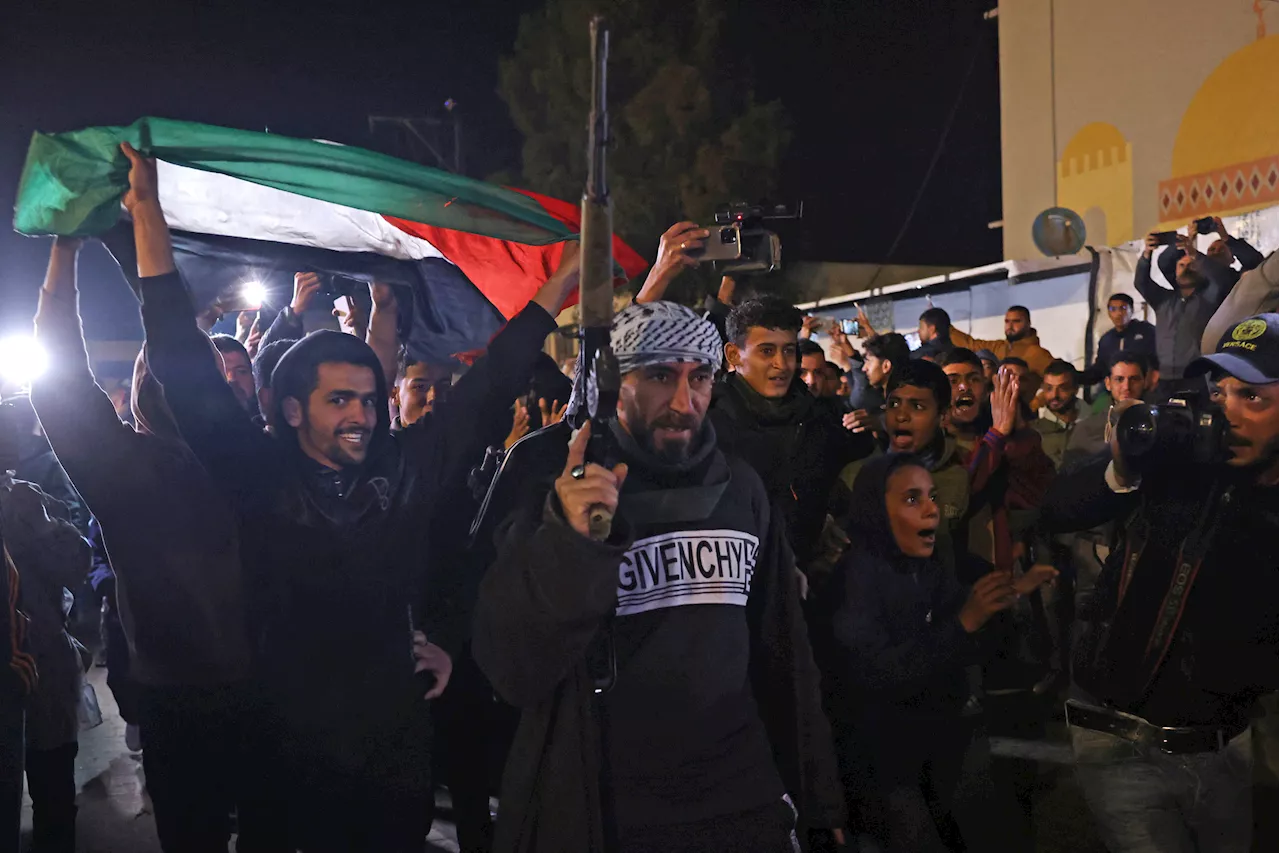Following the temporary ceasefire between Israel and Hamas, the long-term future of Gaza remains uncertain. While options for reconstruction and stabilization are being discussed, a multinational force presents itself as a potential solution. This approach, while not without challenges, offers the possibility of lasting peace and security for both Israelis and Palestinians.
As Israel and Hamas finalize the details of a temporary ceasefire, the long-term fate of Gaza remains uncertain. While the mechanisms for stabilizing and rebuilding Gaza will be officially discussed during the second phase of the ceasefire, options like a complete restoration of Palestinian Authority (PA) control have already been proposed. However, each of these options presents significant flaws.
The PA faces immense unpopularity and struggles to exert control over the territories it currently governs. It's unlikely these options would bring the long-term security, development, and peace both Israelis and Palestinians desperately seek.One option stands out for its potential to address the complex challenges facing post-war Gaza: deploying a robust multinational force. This approach is not without its own hurdles. The international community, including Israel, has been skeptical of multinational forces in the region, citing past failures. The United Nations force in Lebanon (UNIFIL), for example, struggled to fulfill its mandate and prevent Hezbollah from establishing significant military bases along the Israeli-Lebanese border from 2006 to October 2023.The success or failure of any future multinational force in Gaza will hinge on its ability to guarantee security. The current ceasefire leaves room for Hamas to attempt regaining control. If the multinational force cannot prevent Hamas from threatening communities in southern Israel, the countdown towards the next Gaza war will have already begun. Israel, based on its experiences with Lebanon and elsewhere, will not accept a multinational force perceived as weak and incapable of securing Israeli interests. While the experience with UNIFIL in Lebanon raises concerns, it is not the only model for a multinational force. Drawing lessons from both successful and unsuccessful past missions, a force deployed to Gaza can achieve better outcomes. For instance, UN multinational forces in Kosovo and East Timor operated under Chapter VII of the UN Charter, granting them more robust authority to use force in fulfilling their mandates. Both missions proved significantly more successful than UNIFIL in Lebanon. Furthermore, the forces in East Timor and Kosovo were larger and better equipped, allowing them to confront guerilla groups and Indonesian forces in East Timor, and to ensure the withdrawal and demilitarization of Serbian forces in Kosovo. They also provided security, public safety, supported humanitarian assistance and refugee return, and coordinated with the UN's governance mission.Crucially, the multinational force in Gaza must go beyond merely maintaining peace. It needs local and international legitimacy and should undertake three distinct missions under a unified authority. This will help avoid the pitfalls of past missions. The force should ideally receive its mandate from the UN for maximum international legitimacy. If a Security Council resolution proves impossible due to tensions between permanent members, the force could receive its mandate from a coalition of relevant states and actors.Gaza, after 15 months of war, desperately needs reconstruction, which will commence during the third phase of the ceasefire. The multinational force will play a vital role in initial reconstruction efforts by ensuring basic humanitarian needs are met, repairing critical infrastructure, minimizing the dangers posed by unexploded ordnance, and overseeing and coordinating international development efforts. These actions will increase the local legitimacy of the multinational force while saving civilian lives. It can also ensure that aid reaches the intended recipients without being diverted by militant and criminal organizations.Finally, as seen in Kosovo and East Timor, the multinational force must prevent a governance vacuum in Gaza. Part of its mission should be to ensure that fundamental civil authorities and essential services are restored and function independently of Hamas control
MULTINATIONAL FORCE GAZA CEASEFIRE Reconstruction Security PALESTINIAN AUTHORITY HAMAS INTERNATIONAL COMMUNITY UN KOSOVO EAST TIMOR LEBANON
United States Latest News, United States Headlines
Similar News:You can also read news stories similar to this one that we have collected from other news sources.
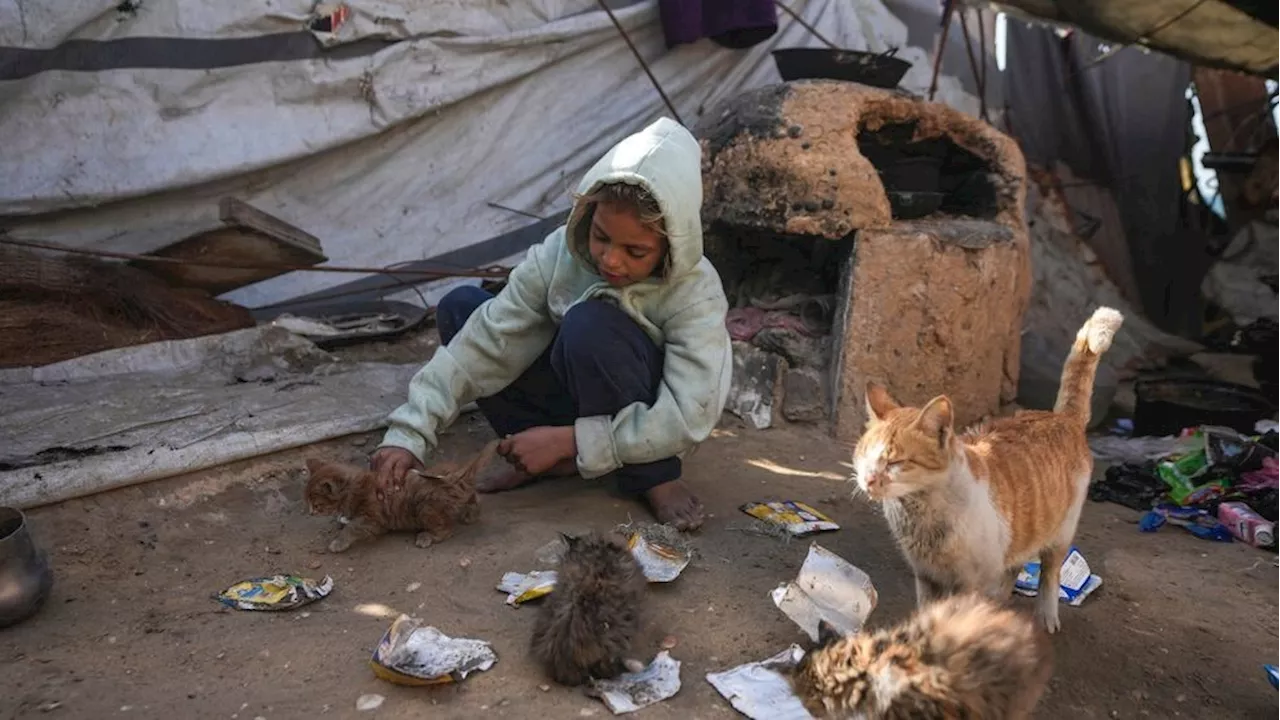 Israeli Troops Storm Gaza Hospital, Force Staff and Patients Out Into Winter WeatherIsraeli troops stormed Kamal Adwan hospital, one of the last functioning hospitals in northern Gaza, forcing staff and patients outside in the winter cold. The Israeli army denied entering the hospital, claiming Hamas was using it for cover, but the Palestinian health ministry reported the incident and said a strike on the hospital the previous day killed five medical staff. Hospital officials deny Hamas militants operate within the facility.
Israeli Troops Storm Gaza Hospital, Force Staff and Patients Out Into Winter WeatherIsraeli troops stormed Kamal Adwan hospital, one of the last functioning hospitals in northern Gaza, forcing staff and patients outside in the winter cold. The Israeli army denied entering the hospital, claiming Hamas was using it for cover, but the Palestinian health ministry reported the incident and said a strike on the hospital the previous day killed five medical staff. Hospital officials deny Hamas militants operate within the facility.
Read more »
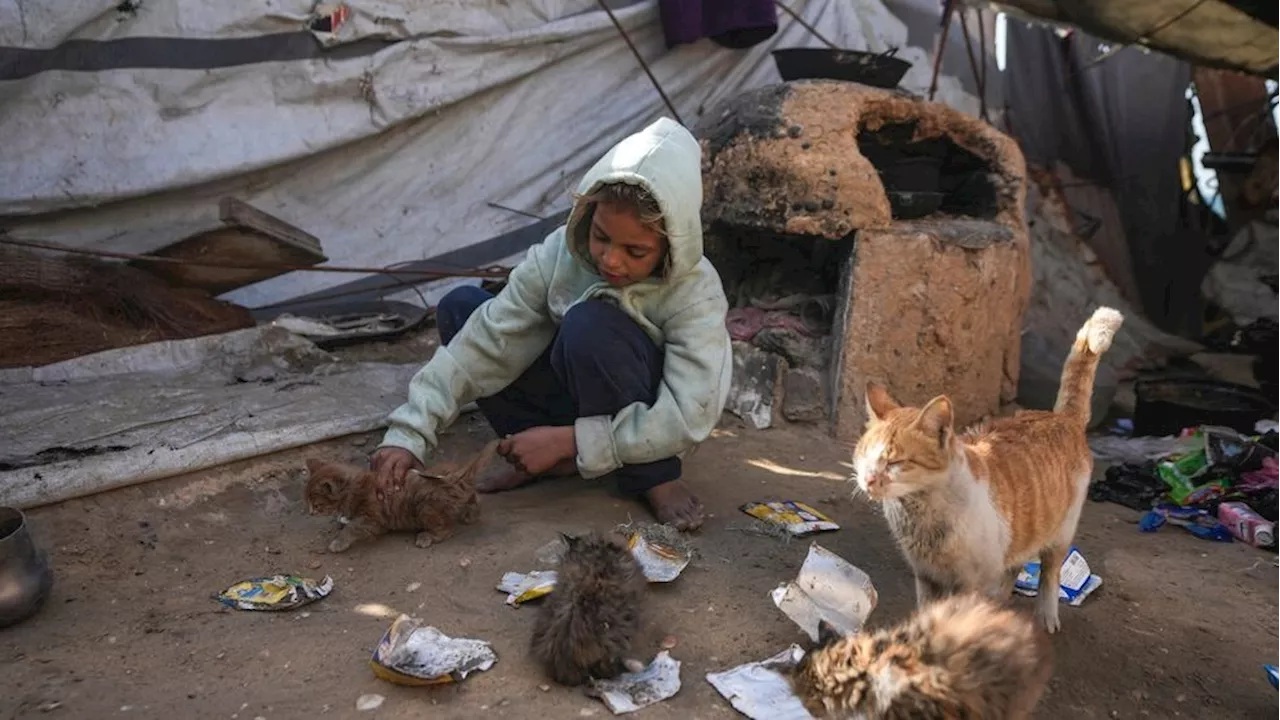 Israeli Troops Storm Gaza Hospital, Force Patients and Staff to StripIsraeli forces raided a hospital in northern Gaza, forcing staff and patients outside to undress in freezing weather. The Israeli military claims Hamas was using the hospital for cover, while the Palestinian Health Ministry accuses Israel of setting fires and detaining people.
Israeli Troops Storm Gaza Hospital, Force Patients and Staff to StripIsraeli forces raided a hospital in northern Gaza, forcing staff and patients outside to undress in freezing weather. The Israeli military claims Hamas was using the hospital for cover, while the Palestinian Health Ministry accuses Israel of setting fires and detaining people.
Read more »
 A tour de force: Engineers discover new 'all-optical' nanoscale sensors of forceResearchers report that they have invented new nanoscale sensors of force. They are luminescent nanocrystals that can change intensity and/or color when you push or pull on them. These 'all-optical' nanosensors are probed with light only and therefore allow for fully remote read-outs -- no wires or connections are needed.
A tour de force: Engineers discover new 'all-optical' nanoscale sensors of forceResearchers report that they have invented new nanoscale sensors of force. They are luminescent nanocrystals that can change intensity and/or color when you push or pull on them. These 'all-optical' nanosensors are probed with light only and therefore allow for fully remote read-outs -- no wires or connections are needed.
Read more »
 May the force not be with you: Cell migration doesn't only rely on generating forceResearchers find cell migration doesn't only rely on generating force. A professor of mechanical engineering and materials science found that groups of cells moved faster with lower force when adhered to soft surfaces with aligned collagen fibers.
May the force not be with you: Cell migration doesn't only rely on generating forceResearchers find cell migration doesn't only rely on generating force. A professor of mechanical engineering and materials science found that groups of cells moved faster with lower force when adhered to soft surfaces with aligned collagen fibers.
Read more »
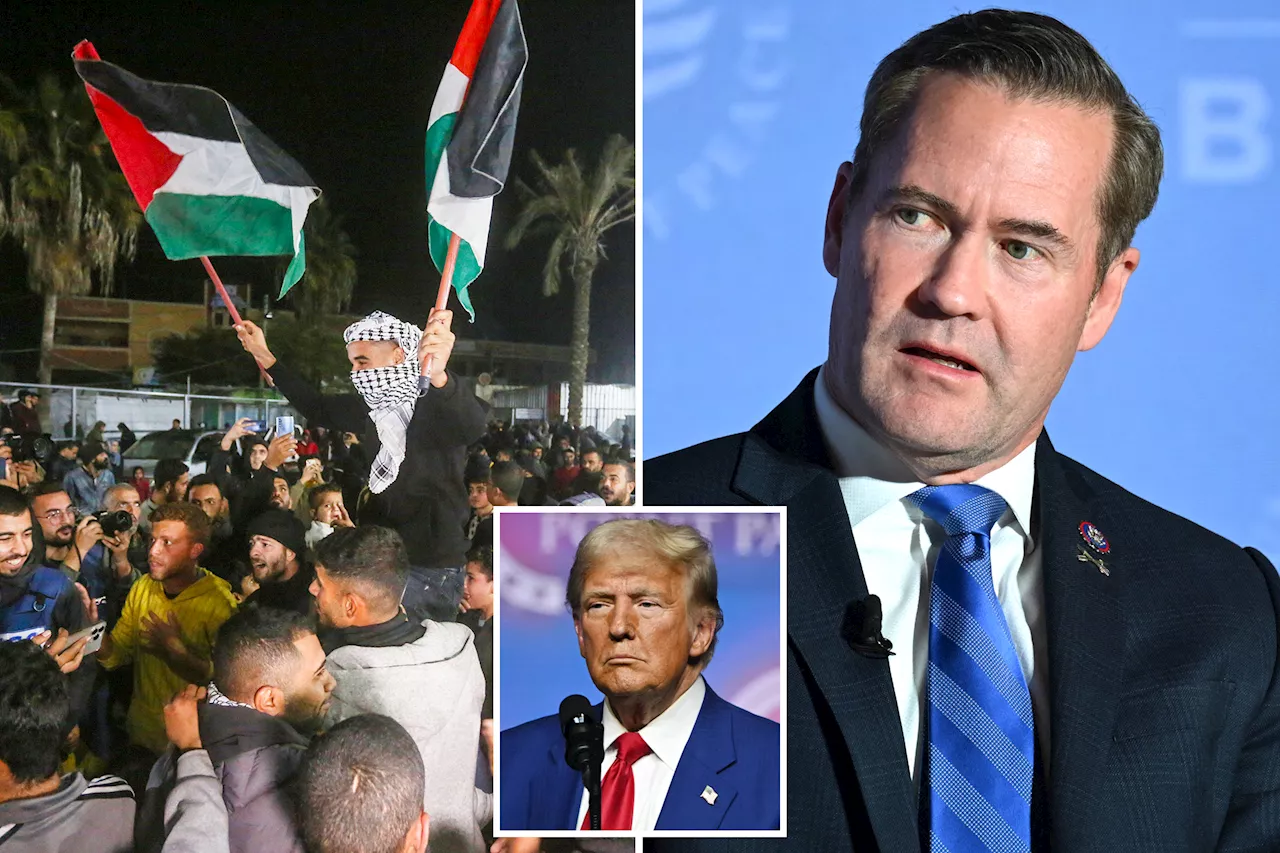 Bitter Biden warns 'oligarchy taking shape in America' in barely disguised farewell address attack on Elon MuskThe breakthrough hostages-for-a-cease-fire deal between Hamas and Israel was struck Wednesday because the terror group understood that the terms of any agreement underaccept the deal , which will lay the path to freeing 33 hostages over the next 42 days in exchange for Israel releasing 1,000 Palestinians imprisoned in jails and pushing troops out of some parts of northern Gaza. Mike Waltz, who will serve as Trump’s White House national security adviser, credited the president-elect with instilling so much fear in Hamas that they accepted Wednesday’s hostage-cease-fire deal.Meanwhile, Israeli forces will pull back into a buffer zone in Gaza and near the Israeli border that will allow displaced Palestinians to return to their homes in Gaza City and northern Gaza. About 600 trucks of humanitarian aid will flow in Gaza daily during the cease-fire, including 50 of them carrying fuel.
Bitter Biden warns 'oligarchy taking shape in America' in barely disguised farewell address attack on Elon MuskThe breakthrough hostages-for-a-cease-fire deal between Hamas and Israel was struck Wednesday because the terror group understood that the terms of any agreement underaccept the deal , which will lay the path to freeing 33 hostages over the next 42 days in exchange for Israel releasing 1,000 Palestinians imprisoned in jails and pushing troops out of some parts of northern Gaza. Mike Waltz, who will serve as Trump’s White House national security adviser, credited the president-elect with instilling so much fear in Hamas that they accepted Wednesday’s hostage-cease-fire deal.Meanwhile, Israeli forces will pull back into a buffer zone in Gaza and near the Israeli border that will allow displaced Palestinians to return to their homes in Gaza City and northern Gaza. About 600 trucks of humanitarian aid will flow in Gaza daily during the cease-fire, including 50 of them carrying fuel.
Read more »
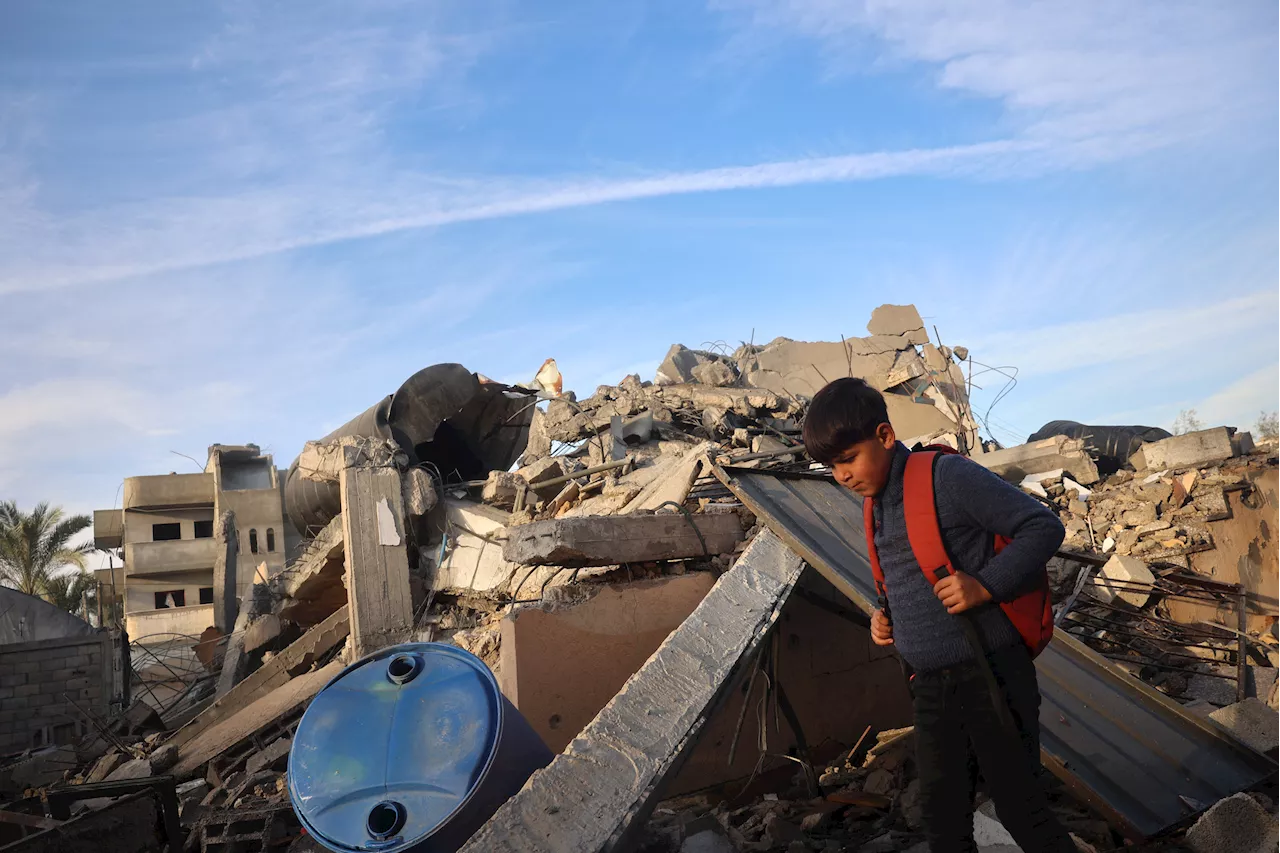 The Dire Future of Gaza After the CeasefireThis article explores the bleak outlook for Gaza following the ceasefire agreement between Israel and Hamas. Despite the temporary halt in hostilities, the long-term prospects for Gaza's residents remain dire. The article highlights the devastating impact of the conflict on Gaza's infrastructure, economy, and population. It argues that the world community must take immediate action to prevent a humanitarian catastrophe in Gaza.
The Dire Future of Gaza After the CeasefireThis article explores the bleak outlook for Gaza following the ceasefire agreement between Israel and Hamas. Despite the temporary halt in hostilities, the long-term prospects for Gaza's residents remain dire. The article highlights the devastating impact of the conflict on Gaza's infrastructure, economy, and population. It argues that the world community must take immediate action to prevent a humanitarian catastrophe in Gaza.
Read more »
